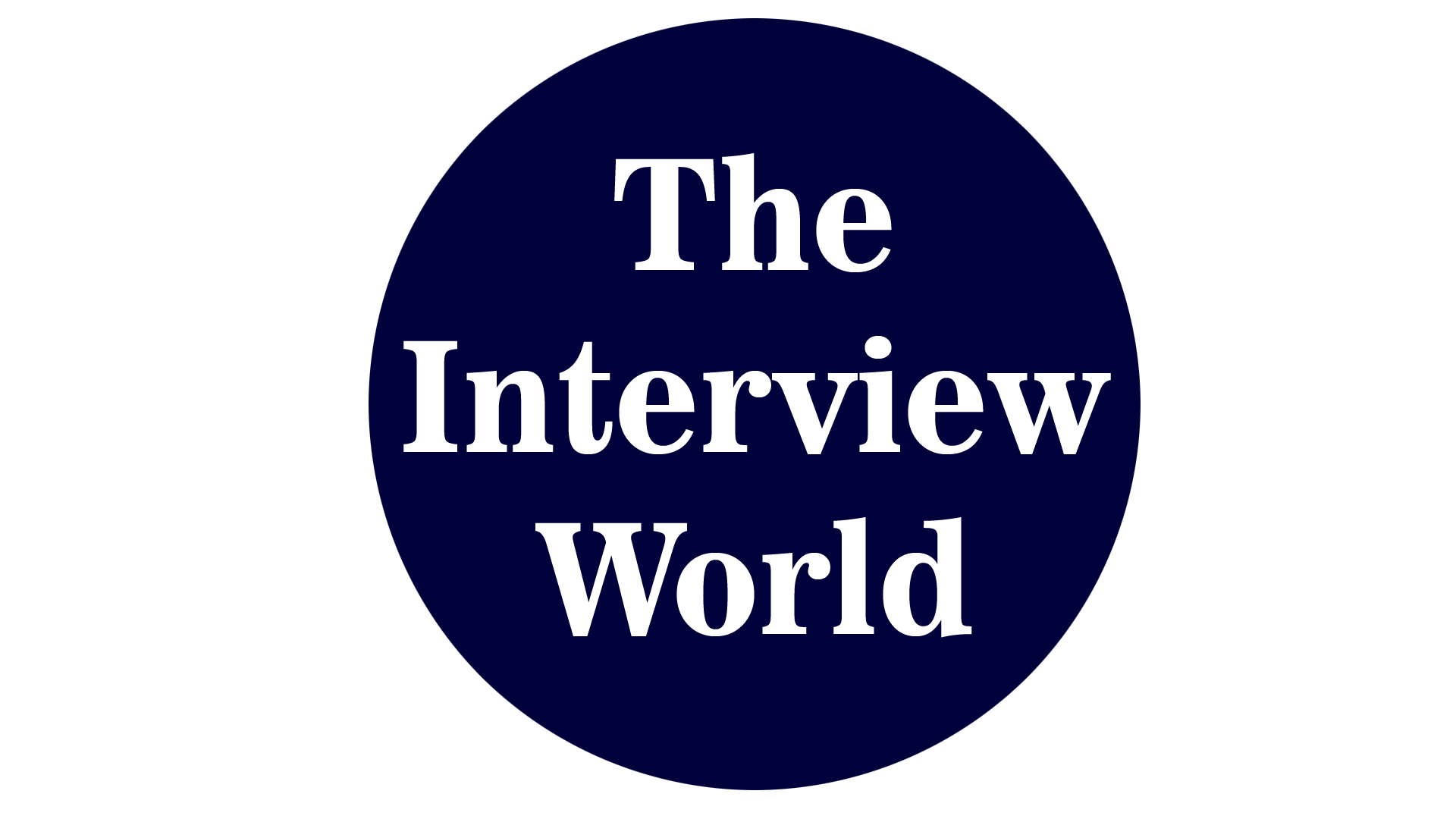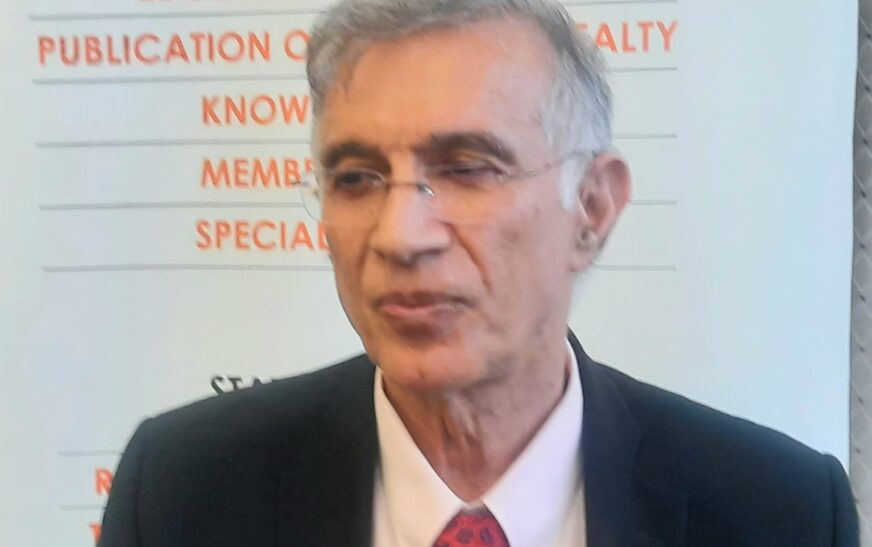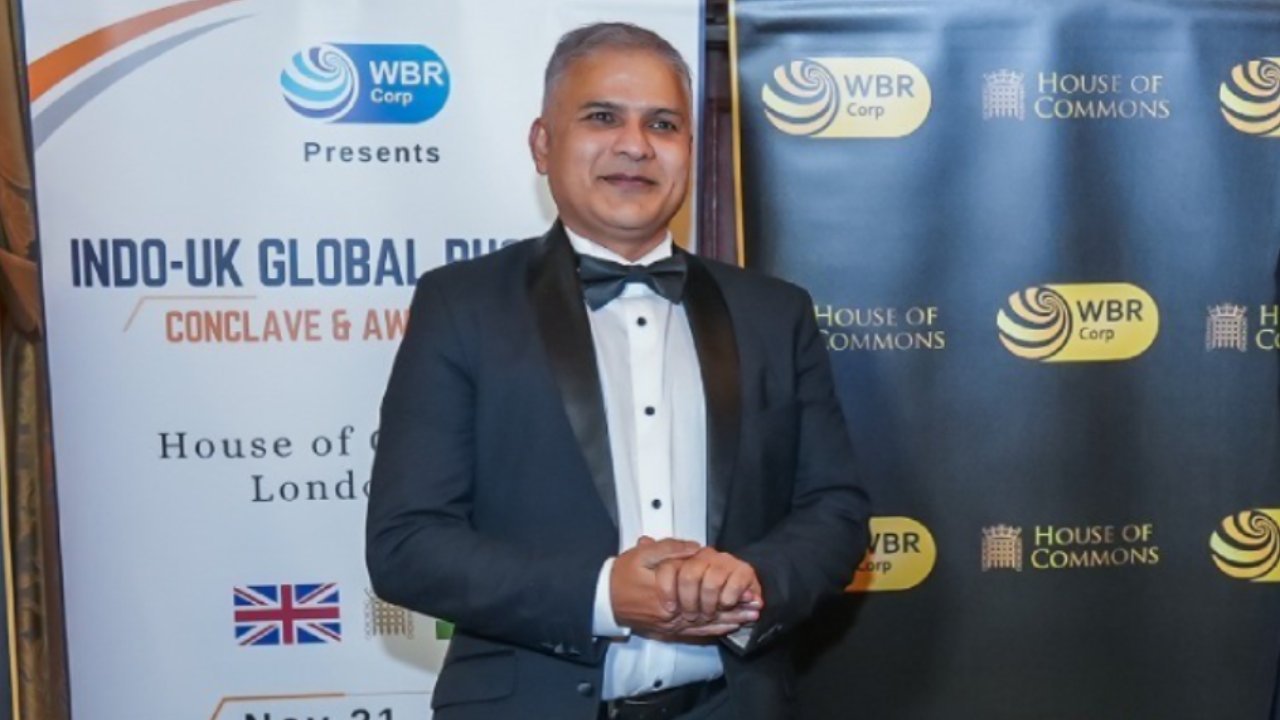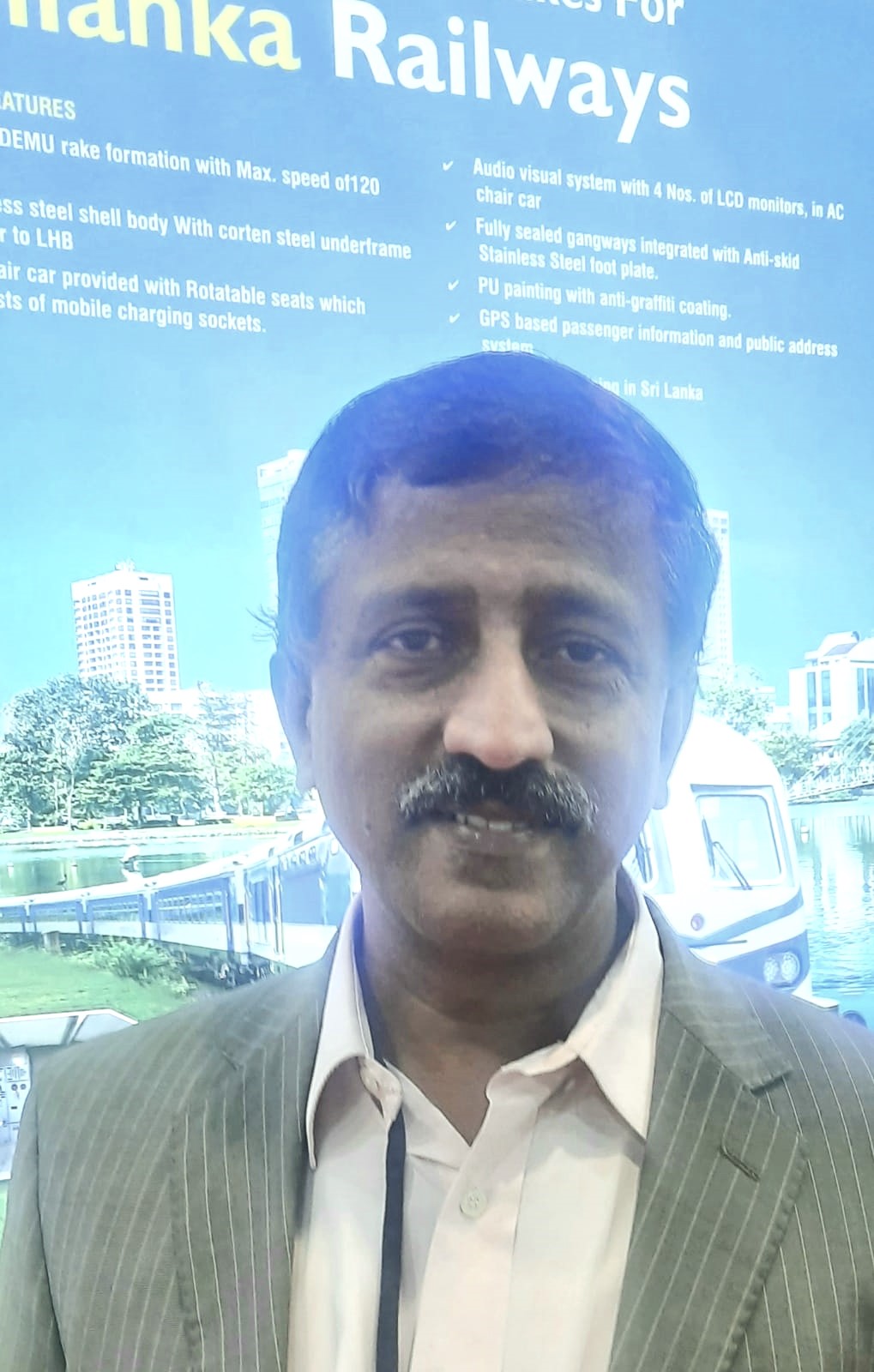Dr. Niranjan Hiranandani, Chairman of the National Real Estate Development Council (NAREDCO), is a distinguished Indian entrepreneur and co-founder of the Hiranandani Group. Renowned for his pioneering contributions to the real estate sector, he has transformed the urban landscape with innovative residential and commercial projects. Dr. Hiranandani is celebrated for his visionary leadership, commitment to sustainable development, and philanthropy in education and healthcare. Under his guidance, NAREDCO champions policy reforms and ethical practices, fostering growth and transparency in the real estate industry. His influence extends beyond business, earning him numerous accolades and a respected reputation.
During an open and heartfelt conversation with The Interview World at the 3rd NAREDCO Mahi Convention, Dr. Niranjan Hiranandani emphasized the critical role of ESG goals within the real estate sector. He delved into strategies for transforming Mumbai into a slum-free city, highlighting the financial returns associated with such developments. Additionally, Dr. Hiranandani addressed concerns surrounding a potential housing bubble. Here are the key insights gleaned from his interview.
Q: With the increasing importance of ESG goals, are Indian builders prepared to meet these environmental, social, and governance standards?
A: There is no alternative to ESG today. Without embracing it, you risk losing customers. Previously, there was no ESG policy, but times have changed. With the advent of green housing and rising expectations, it’s essential to adapt.
For the past 25 years, we have been constructing platinum-rated green buildings in all our projects. We have implemented sewage recycling, green building practices, afforestation, and created gardens.
Other buildings are now following suit, but this transformation cannot occur overnight. It’s not an instant solution like a stock market formula. The process requires time. We need approvals, we must persuade stakeholders, and we have to diligently work on it. Gradually but surely, the change will come. However, expecting it to happen within 24 hours is unrealistic.
Q: Can you elaborate on the plan and timeline you have in place to make Mumbai slum-free within the next 4-5 years?
A: We have made it clear that an affordable housing scheme has been initiated. However, our focus now is on creating a slum-free Mumbai, which we believe is achievable.
To this end, we have proposed a comprehensive plan to both the state and central governments. With an initial investment of Rs. 20,000 crores, we can eradicate Mumbai’s slums within 5 to 7 years. If Adani can transform Dharavi, there is no doubt that Prime Minister Modi can do the same for Mumbai.
The only step left is to commence the project, and we will ensure its success.
Q: What are the potential financial returns and economic benefits of redeveloping slums?
A: By redeveloping the slums, the government and the exchequer will gain a profit of ₹50,000 crores. With 20 years of experience, we know how to achieve this successfully. Gautam Adani has already initiated the Dharavi scheme, which serves as a model for future projects. The government can replicate this model across the rest of Mumbai’s slums, leading to a slum-free city within 5 to 7 years. This transformation will mark the biggest revolution in Mumbai’s history.
Q: What is your opinion on the future trajectory of property prices, considering the current trend of increasing property values and its benefits for investors?
A: This represents the core aspect of the situation. Luxury housing values are poised to rise, while affordable housing prices are expected to decline. Currently, the government has sanctioned one crore units of affordable housing, making them more accessible. Consequently, their prices are likely to decrease over time. In my view, this is the primary trend over the next two years: an increase in luxury housing values alongside a decrease in affordable housing prices. Thus, both assertions hold true.
Q: What are the current indicators and economic factors that suggest a potential housing bubble in the real estate market?
A: India’s GDP growth consistently reaches 7, 8, even 9 percent, indicating robust economic expansion. There is no evidence of a bubble in the economy. However, a significant shortage of housing is looming. Ordinary citizens urgently require housing solutions. For instance, Mumbai alone currently faces a shortfall of 500,000 homes. How can we assert the presence of a bubble under these circumstances? Nonetheless, if developers continue to focus solely on luxury housing that lacks market demand, a bubble could indeed emerge within the next two to three years.









